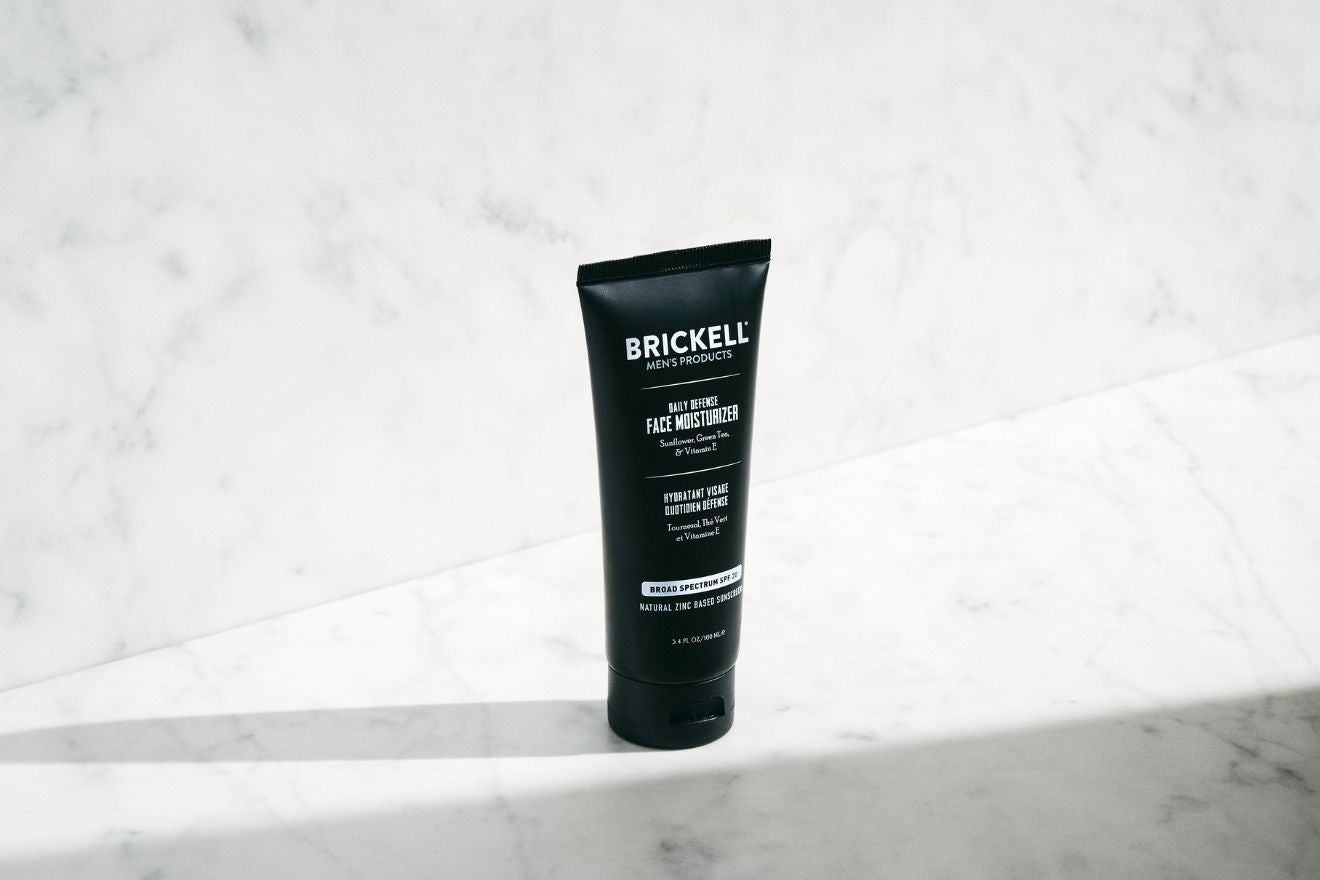
If you ask any dermatologist or savvy skincare user what the secret to great skin is, they might have a long list of answers. One thing that’s sure to be on all of those lists? Sunscreen.
And with good reason. Though it may not sound particularly exciting or interesting, the reality is that sunscreen helps protect against UV rays, which are one of the most significant causes of free radical damage and skin aging. In fact, up to 80% of the visible signs of aging are caused by UV damage.
So if you want to maintain youthful skin, sunscreen is the way to go. That said, there’s still quite a bit of confusion and misinformation about sunscreen. Here’s everything you need to know.
Why You Need SPF
We’ve already established that sunscreen can help protect against UV damage. Here’s exactly what that means and how it works.
Understanding UV Rays
There are two kinds of UV rays: UVA rays and UVB rays.
- UVB rays: These are the rays that cause the majority of reddening and sunburn on the skin because they damage its outermost layer. Over time, this can lead to skin damage and even cancer.
-
UVA rays: UVA rays reach deeper into the skin’s dermal layer, damaging collagen and elastic tissue. Translation? Loose, sagging, and aged skin -- that’s why UVA rays are known as “aging rays.” They're also responsible for skin darkening and hyperpigmentation.
Benefits of SPF
Certain sunscreen formulas can protect against these harmful UV rays. But it's not so simple.
The problem? Standard SPF measurements aren’t the only thing you need to keep in mind when pondering how long does sunscreen last. Sun Protection Factor, or SPF, is only a measure of how long sunscreen protects you against UVB rays -- it doesn’t deal with UVA rays at all.
So an SPF 20 formula means that it will take 20 times longer for the skin to redden when the product is applied. But it doesn’t protect against damage in deeper layers of the skin, and you should be concerned about both UVA and UVB rays.
The solution? Though different sunscreen formulas work in different ways, you should be looking specifically for a “broad spectrum” formula. These contain a combination of ingredients that will help protect your skin against both types of UV rays.
The Skinny on SPF Ingredients
When it comes to broad spectrum sunscreen formulas, there are two general categories that you can try: chemical sunscreens and physical sunscreens.
Chemical Sunscreens
Physical Sunscreens
These, on the other hand, contain active ingredients -- like zinc oxide and titanium dioxide -- that reflect or scatter UV radiation rather than absorbing the rays. Physical formulas are often more resistant to sweating or intense activity, and some thicker formulas may leave more of a white cast on the skin.
But what about all those ingredients that we mentioned? Things like oxybenzone, avobenzone, titanium dioxide, and zinc oxide? After all, none of these are created equal. Here’s what you need to know about them.
Sunscreen Ingredients to Avoid
First, let’s talk about the ingredients you should avoid, all of which are known to be hormone disruptors, environmentally harmful, or just all around bad.
Oxybenzone
Oxybenzone has been banned in Hawaii because it harms sea life and damages coral reefs. What’s more, according to the Environmental Working Group (EWG), it’s also a form of synthetic estrogen that can majorly disrupt your hormones. That’s why, in a 2018 review of sunscreen ingredients, the EWG labeled oxybenzone as the most troubling sunscreen ingredient on the market.
Avobenzone
While it doesn’t cause hormone disruption like oxybenzone, avobenzone has been shown to cause skin irritation in some users. It’s not super stable on its own, meaning that it has to be mixed with potentially harmful stabilizers to really work and spread evenly on the skin. Not great.
Octinoxate
Octinoxate is also banned in Hawaii and shown to cause skin irritation and allergic reactions. And it's been found to have negative effects on the thyroid and the reproductive system. We don’t recommend this guy either.
Standout Ingredient: Zinc Oxide
Instead, we recommend zinc oxide sunscreens. There are a few reasons for this.
For one, zinc oxide is widely considered to be the safest and most effective sunscreen ingredient out there -- it’s one of only two sunscreens approved by the FDA. What’s more, it doesn’t enter your blood stream or cause any unintended effects on the body.
For the best level of sun protection, choose a zinc oxide formula that also offers these advantages.
SPF 30 or Greater
SPF 30 can protect against 97% of the sun’s UVB rays, and this high level of protection is why the American Academy of Dermatology recommends an SPF of at least 30 if you’re going to spend a significant amount of time outdoors.
Broad Spectrum Protection
These formulas defend you from both UVA and UVB rays, which is a huge must for effective protection.
Water Resistance
If you're going to be exercising or spending time in the water, it's worth getting a sunscreen that’s resistant to water and sweat. The FDA defines water-resistant sunscreen as meaning that the SPF level stays effective after 40 minutes in the water. Very water-resistant means it holds after 80 minutes of swimming. These sunscreens are in no way water-proof, so you'll need to reapply them regularly if you're taking a dip.
Other Great-For-Your-Skin Ingredients
Remember, it’s not just about the sunscreen in the formula. The other ingredients matter too, and the best sunscreens - like our Daily Defense Face Moisturizer with SPF 20 or our Element Defense Moisturizer with SPF 45 - will also contain hydrating, clarifying, and protecting ingredients like:
-
Aloe vera, which hydrates skin tissue
-
Green tea, offering robust antioxidant benefits
-
Vitamin E, a natural antioxidant that helps fight fine lines and winkles.
- Sunflower oil, which can replenish nutrients and restore a damaged skin barrier.



